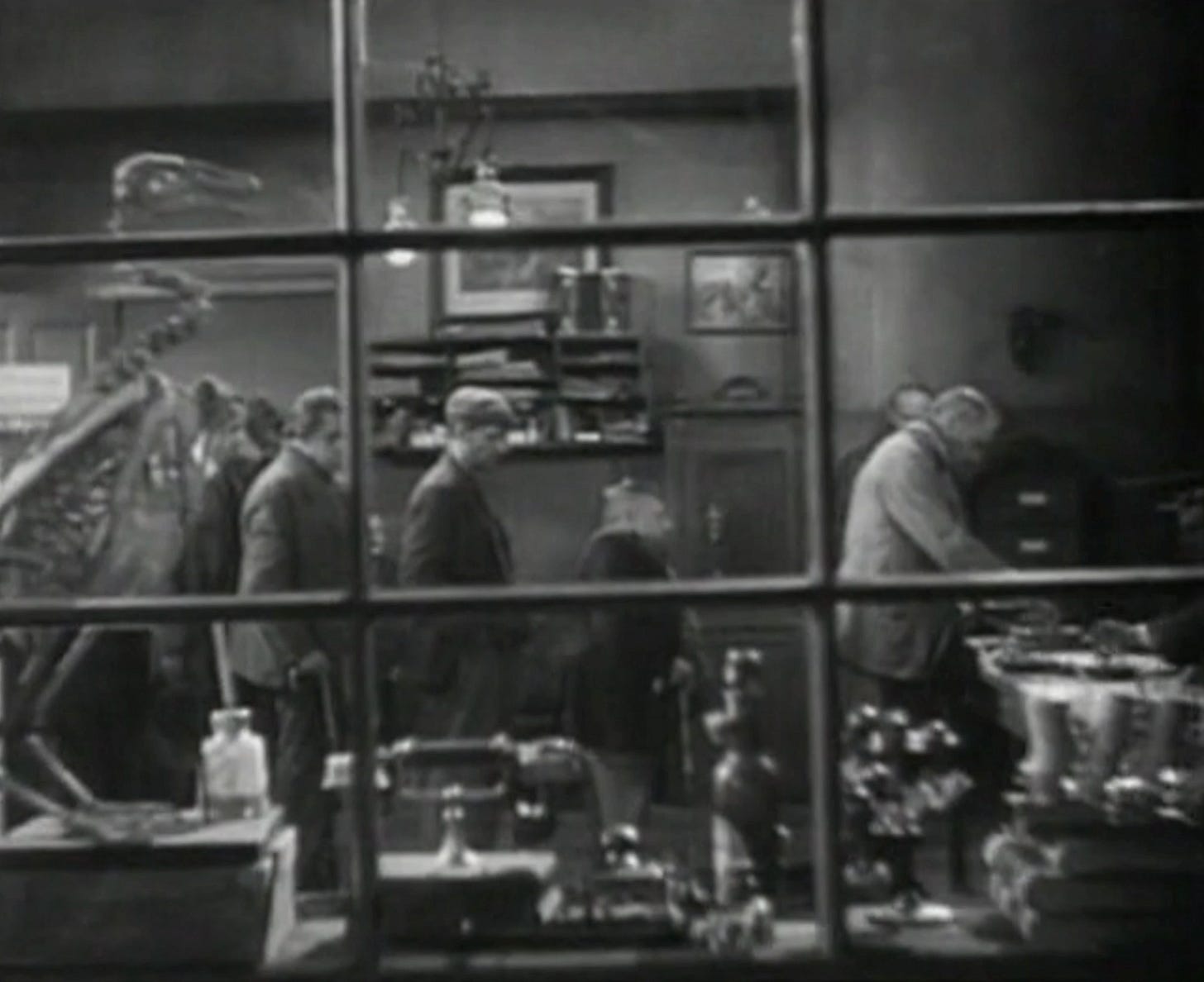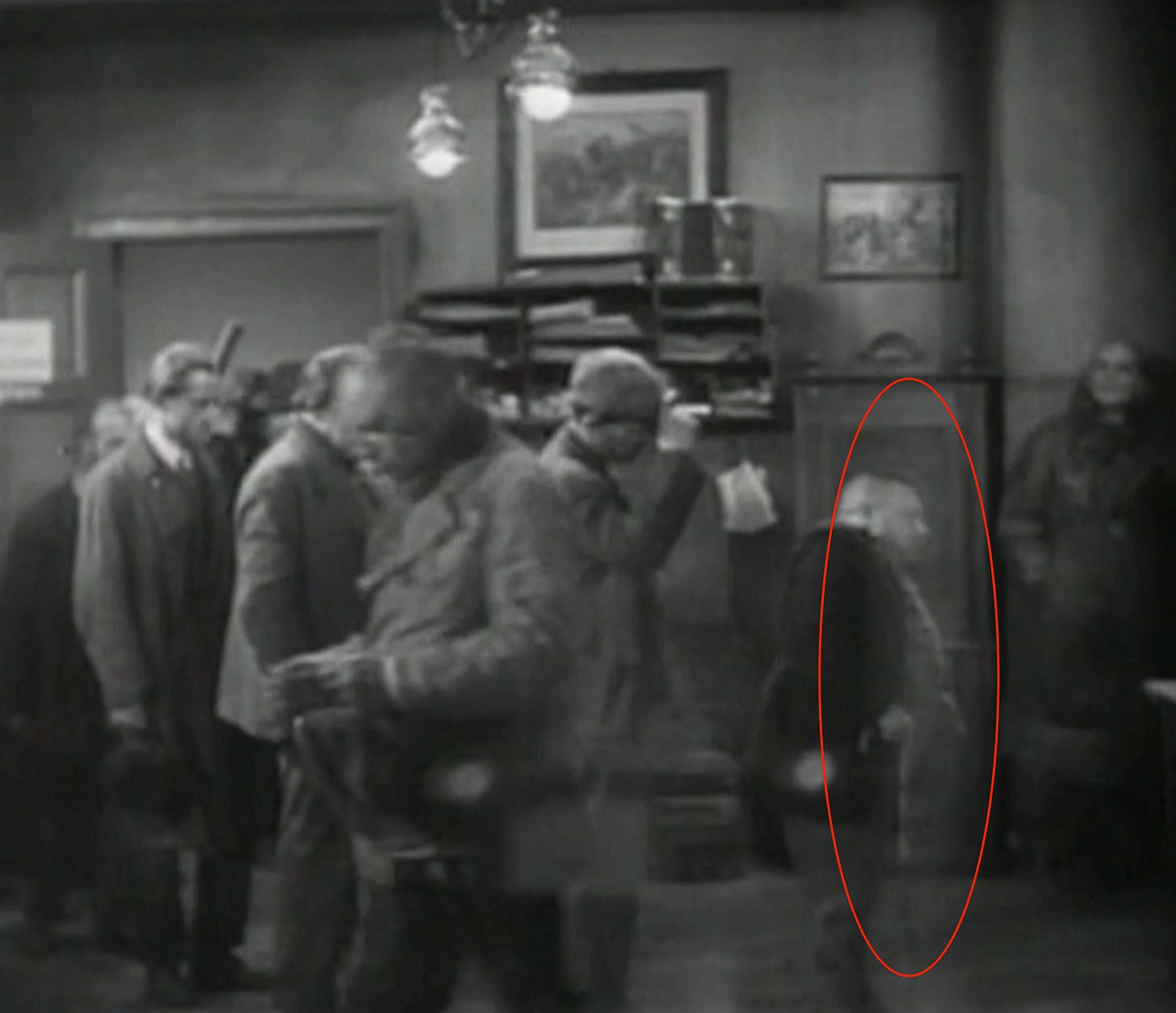Practical Tricks: M
how Fritz Lang made what is now a special effects shot, practically.
Fritz Lang was a technical genius, but those techniques weren’t always flashy or calling attention to themselves.
The movement and story in Lang’s famous M are so compelling it wasn’t until the third or so time I saw this scene I jumped off my couch yelling “DID YOU SEE THAT!?”
We see a lot of these ‘through a window’ shots in modern day, for example:
the last scene of The Father sends the camera from a small room out to look at the sky, after moving through a window which has been in frame most of the scene
in Adolescence (famously each episode a oner) Episode 3, the camera goes through a supposedly solid pane of glass in a classroom window, then moves across the park.
While Adolescence used a steadicam and likely The Father used a crane, the window effect is now almost always accomplished in post, as Adolescence confirmed in an interview:
“There wasn’t actually a window there. It was taken out and put back in using VFX. One of the camera operators was in the classroom, then when Ryan jumped out of the window, the other operator – who was crouching on the other side – took the camera and continued the chase.”
But everything from the kind of VFX to nimble camera rigs which have made this feat more feasible were non-existent in 1931, when Fritz Lang shot this scene.
So, how and why’d he do it?
How
After finding or building a set, plotting the camera tracks and crane, rigging the windowpane, and many practice runs with actors, you just run it til you get it.
You can see here the pane slides across at the last minute, pulled by someone just offscreen who would have likely stepped in once the camera had moved closer.
The pane’s edge against lighter-coloured clothes and background also help catch it; you can see the edge of the pane most clearly where it travels across the one man’s dark coat:
Why
While we don’t necessarily need an answer beyond ‘because it’s a beautiful connective tissue between scenes,’ it is relevant that two themes the movie grapples with are 1. mob justice 2. surveillance not only by the State but our neighbours.
So a camera moving from one place to another gives us the audience both a sense of voyeurism, and a reminder if we can spy on others so easily, who may be watching us, and interpreting our actions for better or worse?
Takeaways
‘Being able to see the seams’ is not necessarily a bad thing; even if it’s less than ideal, it may be a better choice than simply ‘not doing the shot.’ Work with what you have, and if you achieve your end goal, technicalities be damned! Go for it.


